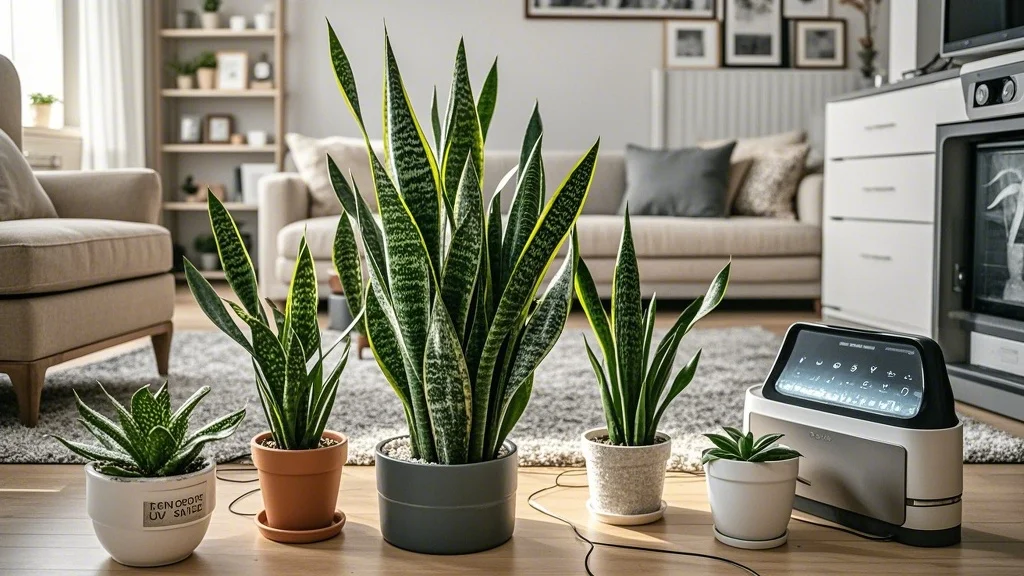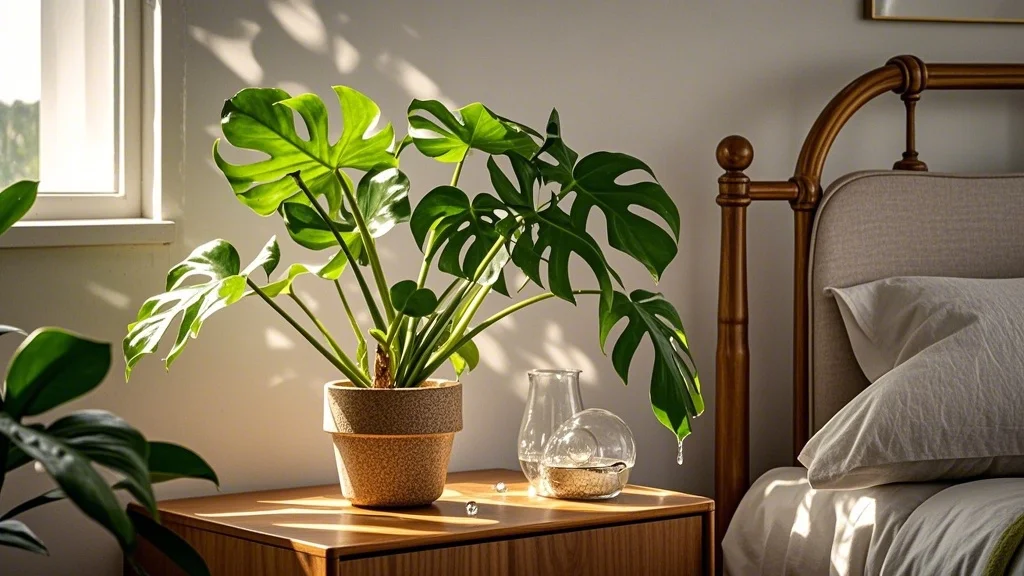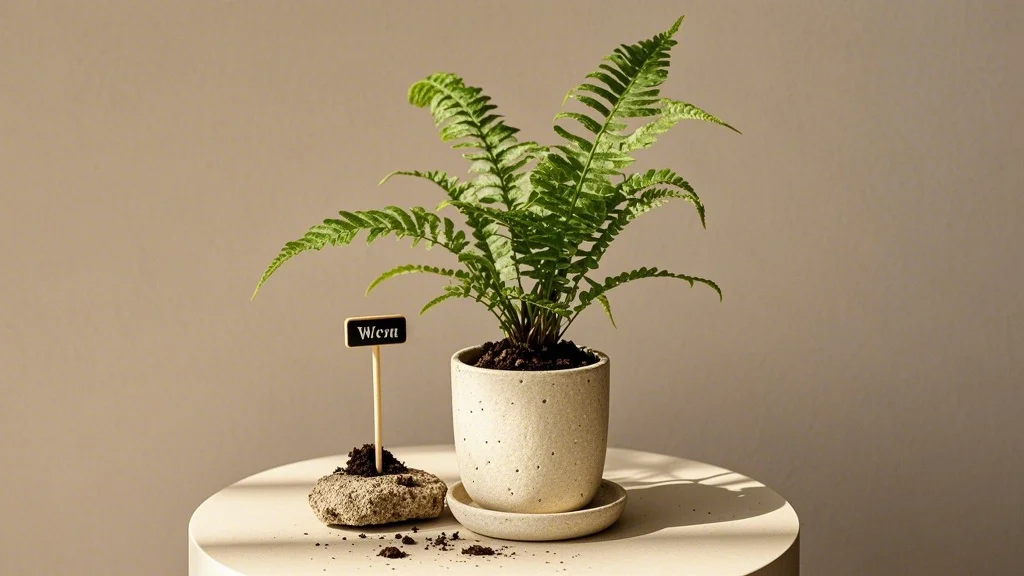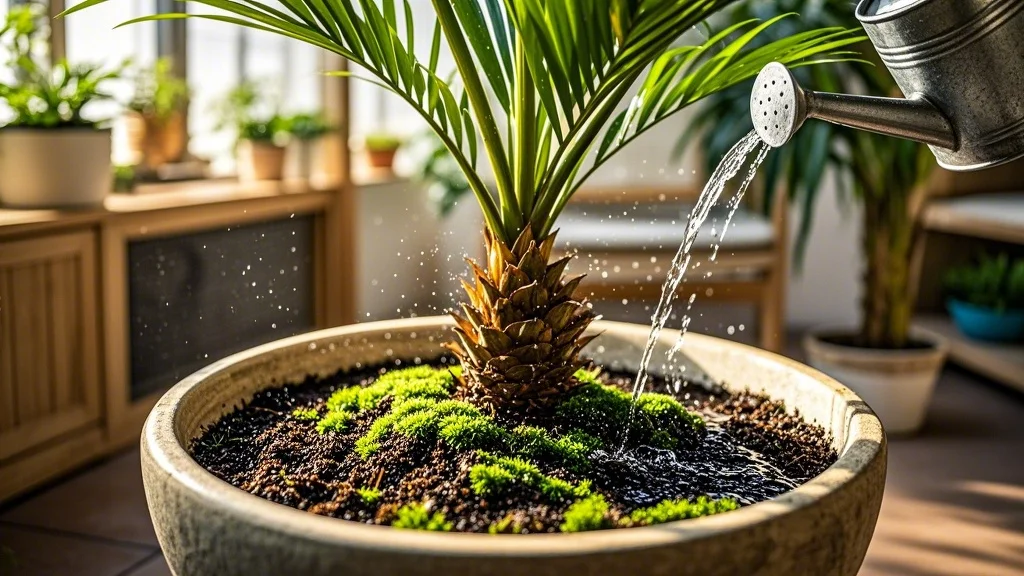In our quest for healthier indoor environments, nature offers a simple yet powerful solution: the snake plant. This resilient houseplant, scientifically known as Sansevieria trifasciata or more recently reclassified as Dracaena trifasciata, stands out among indoor plants for its exceptional air-purifying abilities. Unlike most plants that release oxygen primarily during daylight hours, the snake plant continues its air-cleaning work around the clock, making it an ideal companion for health-conscious urban dwellers.
Whether you’re looking to improve your bedroom air quality or create a healthier living space, understanding how snake plants transform your indoor environment can help you maximize their benefits. This guide explores the science behind snake plants’ air-purifying capabilities and provides practical advice for harnessing their full potential in your home.
Contents
- 1 The Science Behind Snake Plant Air Purification
- 2 Specific Air Pollutants Filtered by Snake Plants
- 3 Oxygen Production: Day and Night Benefits
- 4 Humidity Regulation and Additional Benefits
- 5 Maximizing Your Snake Plant’s Air-Purifying Potential
- 6 Comparing Snake Plants to Other Air-Purifying Plants
- 7 Scientific Research on Snake Plants and Air Quality
- 8 Common Questions About Snake Plants and Air Quality
- 9 Incorporating Snake Plants into Your Home Design
- 10 Conclusion
The Science Behind Snake Plant Air Purification
How Plants Clean Air: The Basics
Most plants absorb carbon dioxide and release oxygen during photosynthesis, a process that occurs primarily during daylight hours. At night, this process typically reverses, with plants consuming oxygen and releasing carbon dioxide. However, snake plants belong to a special category of plants that utilize Crassulacean Acid Metabolism (CAM).
Snake Plants’ Unique CAM Photosynthesis
Snake plants employ CAM photosynthesis, an adaptation that evolved in plants native to arid environments. This specialized process allows them to open their stomata (leaf pores) at night rather than during the day, minimizing water loss in their natural desert habitats.
For indoor air quality, this adaptation translates to a significant benefit: snake plants continue to absorb carbon dioxide and release oxygen during nighttime hours. This makes them exceptional bedroom companions, as they refresh your air while you sleep, unlike most houseplants.
Specific Air Pollutants Filtered by Snake Plants

NASA’s Clean Air Study, conducted in the late 1980s, identified snake plants as effective filters for several common indoor air pollutants:
Formaldehyde Removal
Formaldehyde is a volatile organic compound (VOC) found in many household products, including:
- Pressed wood furniture
- Certain fabrics and carpets
- Paper products
- Some personal care items
Snake plants efficiently absorb formaldehyde, helping reduce concentrations of this potential carcinogen in your home.
Benzene Filtration
Benzene, another harmful VOC, can enter your home through:
- Vehicle exhaust
- Tobacco smoke
- Detergents and synthetic fibers
- Paint, glue, and furniture wax
Studies show snake plants can help reduce benzene levels, contributing to healthier indoor air.
Trichloroethylene Absorption
This industrial solvent can be found in:
- Printing inks
- Paints and varnishes
- Adhesives
- Spot removers
Snake plants have demonstrated the ability to filter this chemical from indoor environments.
Xylene and Toluene Reduction
These chemicals, common in many household products, can cause respiratory irritation. Snake plants help mitigate their presence in your home.
Oxygen Production: Day and Night Benefits
Daytime Oxygen Generation
Like most plants, snake plants produce oxygen during daylight hours through photosynthesis. This natural process helps refresh your indoor air throughout the day.
Nighttime Oxygen Release
What sets snake plants apart is their continued oxygen production after dark. While most plants switch to respiration at night (consuming oxygen), snake plants continue releasing oxygen, making them ideal for bedrooms and sleeping spaces.
A study published in the Journal of Environmental Health Science and Engineering found that snake plants can increase oxygen levels in enclosed spaces by up to 30% during nighttime hours.
Humidity Regulation and Additional Benefits
Natural Humidification
Snake plants release water vapor through transpiration, helping to maintain healthy humidity levels. This is particularly beneficial in:
- Dry climates
- Homes with forced-air heating
- Air-conditioned environments
Allergen Reduction
By improving overall air quality, snake plants may help reduce common allergens in your home. Their broad, smooth leaves also collect dust, which can be easily wiped clean.
Stress Reduction and Mental Health
Beyond physical air quality, studies suggest that indoor plants like snake plants can:
- Reduce stress levels
- Improve mood and concentration
- Enhance overall well-being
Research published in the Journal of Physiological Anthropology found that interacting with indoor plants can reduce both physiological and psychological stress.
Maximizing Your Snake Plant’s Air-Purifying Potential

Optimal Placement for Air Purification
To maximize air-cleaning benefits, strategic placement is key:
Bedrooms: Place snake plants in bedrooms to benefit from nighttime oxygen production. A medium-sized plant (2-3 feet tall) can significantly improve air quality in an average bedroom.
High-pollution areas: Position plants near potential pollution sources such as:
- New furniture (which may off-gas formaldehyde)
- Electronic equipment
- Recently painted walls
- Areas with limited ventilation
Breathing zone consideration: For optimal benefits, place plants within your “breathing zone” – within 6-8 feet of where you spend significant time.
How Many Plants Do You Need?
NASA researchers suggest using 1-2 medium-sized plants per 100 square feet for effective air filtration. For a typical bedroom (10×12 feet), 2-3 snake plants would provide noticeable air quality improvements.
Care Practices That Enhance Air Purification
Proper light exposure: While snake plants tolerate low light, moderate indirect light optimizes their photosynthesis and air-cleaning capabilities.
Dust removal: Regularly wiping leaves with a damp cloth removes dust and ensures maximum leaf surface area for air filtration.
Appropriate watering: Overwatering can lead to root rot and diminished plant health. Allow soil to dry between waterings to maintain optimal plant function.
Pot size and soil quality: Ensure your snake plant has adequate room for root growth and well-draining soil to support its air-purifying functions.
Comparing Snake Plants to Other Air-Purifying Plants
While many houseplants offer air-purifying benefits, snake plants stand out for several reasons:
Snake Plants vs. Other Popular Air Purifiers
| Plant | Nighttime Oxygen | Maintenance | Pollutant Removal | Light Requirements |
|---|---|---|---|---|
| Snake Plant | High | Very Low | Excellent | Adaptable (Low to Bright Indirect) |
| Peace Lily | Low | Moderate | Very Good | Low to Medium |
| Spider Plant | Moderate | Low | Good | Bright Indirect |
| Boston Fern | Low | High | Very Good | Medium to Bright Indirect |
| Rubber Plant | Low | Low | Good | Medium to Bright |
Unique Advantages of Snake Plants
- Extreme durability: Thrives with minimal care, perfect for busy individuals
- Adaptability: Tolerates various light conditions and irregular watering
- Space efficiency: Vertical growth habit requires minimal floor space
- Long lifespan: Can thrive for decades with basic care
- Propagation ease: Readily produces new plants, allowing you to expand air-cleaning capacity
Scientific Research on Snake Plants and Air Quality
NASA Clean Air Study Findings
The landmark NASA study found that snake plants removed up to 87% of volatile organic compounds from sealed test chambers within 24 hours. Specifically, they excelled at removing:
- 67% of formaldehyde
- 53% of benzene
- 13.4% of trichloroethylene
Recent Research Developments
More recent studies have confirmed and expanded on NASA’s findings:
- A 2019 study in the Journal of Environmental Management demonstrated that snake plants effectively reduced particulate matter (PM) concentrations in indoor environments.
- Research published in Air Quality, Atmosphere & Health found that rooms with snake plants showed 25% lower concentrations of volatile organic compounds compared to control rooms without plants.
Common Questions About Snake Plants and Air Quality
Are Snake Plants Safe for Pets?
Snake plants contain saponins that can cause mild toxicity if ingested by cats and dogs. Symptoms may include nausea, vomiting, and diarrhea. However, most pets naturally avoid these plants. For pet owners, consider placing plants in hanging containers or on high shelves.
How Quickly Do Snake Plants Improve Air Quality?
While immediate dramatic changes aren’t typically noticeable, research suggests measurable improvements within 24 hours in enclosed spaces. For ongoing benefits, consistent long-term presence of plants is key.
Do Snake Plants Release Carbon Dioxide at Night?
Unlike most plants, snake plants release minimal carbon dioxide at night due to their CAM photosynthesis. Instead, they continue absorbing carbon dioxide and releasing oxygen, making them ideal bedroom plants.
Can Snake Plants Help with Sleep Quality?
Many users report improved sleep quality with bedroom snake plants, likely due to:
- Increased oxygen levels
- Reduced airborne irritants
- Improved humidity
- Psychological relaxation effects
Incorporating Snake Plants into Your Home Design
Stylish Placement Ideas
Bedroom nightstands: Place a medium snake plant on your nightstand for air-purifying benefits while you sleep.
Home office: Position snake plants near computer equipment to help filter electromagnetic radiation and airborne pollutants.
Bathroom companions: Snake plants thrive in bathroom humidity while helping filter airborne contaminants.
Living room statements: Larger snake plants make striking architectural statements while purifying air in communal spaces.
Complementary Plant Combinations
For comprehensive air purification, consider pairing snake plants with complementary species:
- Snake plant + spider plant: Combines night and day purification with effective formaldehyde removal
- Snake plant + peace lily: Targets a broad spectrum of indoor pollutants
- Snake plant + aloe vera: Provides air purification plus medicinal benefits
Conclusion
The snake plant stands as a remarkable example of how nature provides solutions to modern environmental challenges. Its unique ability to purify air around the clock, combined with exceptional durability and minimal care requirements, makes it an ideal choice for health-conscious individuals seeking to improve their indoor air quality.
By strategically placing these resilient plants throughout your home, particularly in bedrooms and high-pollution areas, you can harness their natural air-filtering capabilities to create a healthier living environment. The snake plant truly embodies the perfect balance of form and function—an attractive, low-maintenance houseplant that works tirelessly to clean your air day and night.
Whether you’re a seasoned plant enthusiast or just beginning your indoor gardening journey, the snake plant offers accessible benefits for everyone seeking cleaner, fresher indoor air and the numerous health advantages that come with it.
This article was last updated on [Current Date] and reflects the most recent research on snake plants and indoor air quality.








